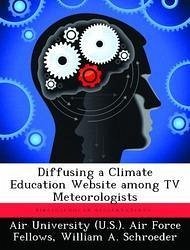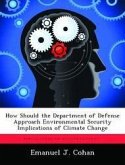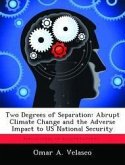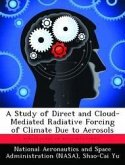This study examined the likelihood of a climate education website being disseminated throughout the social circle of TV meteorologists. Under a grant from the National Science Foundation, a website was developed that showcased examples of TV meteorologists presenting climate education materials with their audiences. The five components of Everett Rogers? Diffusion of Innovation Theory, relative advantage, compatibility, complexity, trialability and observability, were applied to the website to determine the possibility of the website being accepted by the weathercaster community and disseminated among members (Rogers, 1983). The procedure in the study involved distributing the website to 13 TV meteorologists who are actively producing climate education material and soliciting their feedback on various aspects of the site as well as asking them whether or not they would share the site with their peers. Of the nine TV meteorologists who agreed to participate in the study, the results revealed that the website?s relative advantage, compatibility, complexity, observability and trialability were all positively perceived among users and the participants would share the website with other weathercasters. The key factor discouraging the site from being shared did not involve the site?s functionality, but rather participant perceptions that some other weathercaster did not believe climate change was occurring or were not interested in educating their audience about climate.








